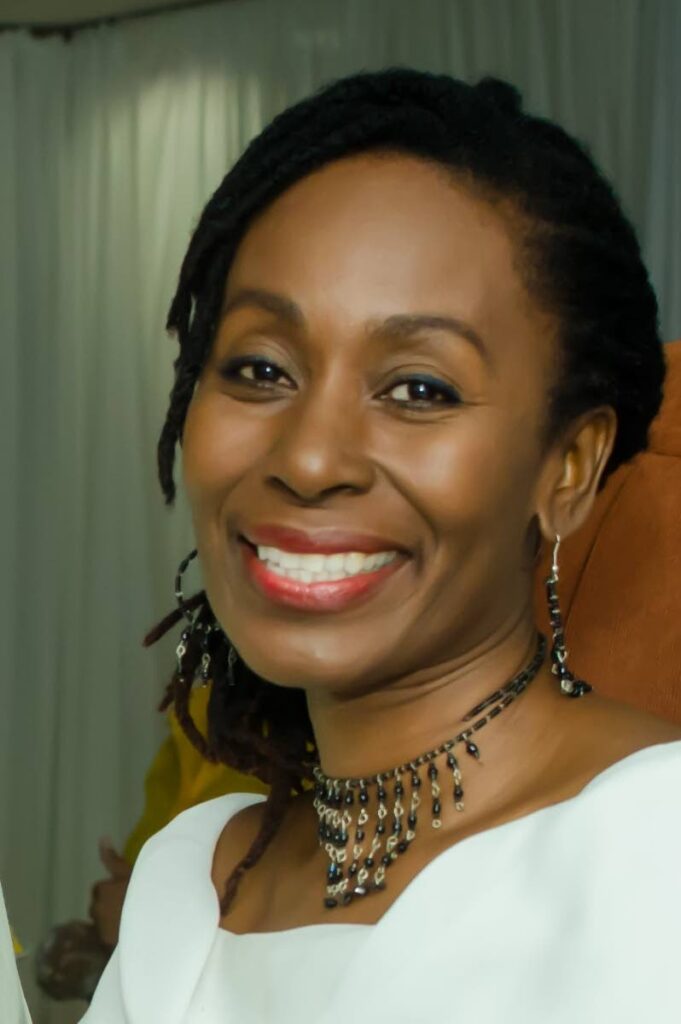Waters of resilience

Culture Matters
DARA E HEALY
She was own-way, headstrong Rainstorm; it said in the reading book she looked with hard gaze at careless clouds lollygagging above and made it up into the heavens to beat them into shape, that’s how she got stuck between sky and earth and that’s why she weeps and why floodrains fall Octobers and Mays. When she rails and complains of her powerless state, it is the time of hurricanes.
– Lorna Goodison, Jamaican poet
AT ONE point, it felt as though the world was consumed by water. This week, rain and water dominated our lives, mocking us with the duality of water being both giver and destroyer of life. In the media images, a man is dragged, suddenly pulled by brown, gushing water, students walk through calf-high water in their school and a woman stares at her car, crumpled and destroyed by the force of the elements.
Caribbean writings and mythology reflect our often complicated relationship to rain and bodies of water such as rivers and the ocean. For instance, it is documented that TT Nobel laureate VS Naipaul once told a school friend that he enjoyed walking in the rain because “rain is beautiful. I could feel it on my face.”
By contrast, in the well-known opening chapter of In the Castle of My Skin, on the day the young man in the book turns nine years old, a typical Caribbean downpour of rain keeps him indoors. In spite of his mother reassuring him that the showers represent blessings, he is not convinced.
George Lamming’s imagery is reminiscent of the havoc caused by the recent rains in TT as the boy watches the rising water, “the slush of the roads” and “hammering rain” that bring flood waters under the door and through the leaky roof. The boy cries in despair for his ruined birthday as the waters flow through the village of barrack houses into the “deep black river.”
In TT, we have Hindu, indigenous and African-influenced mythology around rivers. The name Ganga Mai conjures the healing waters of the Ganges in India. For indigenous peoples, rivers are a source of life and are important for their rituals.
The beautiful half-woman, half-fish or snake known as Mama D’Leau most likely originated from Dogon creation mythology. The Dogon peoples are from a region in Mali, West Africa, who believe that the original peoples were water beings. The Dogon would have called her Mami Wata. In African tradition, mother is associated with wisdom and “the term ‘uat-ur’ meant ocean water.”
For the Africans, Mami Wata is a healer and protector, especially of women and children. Interestingly, Mami Wata’s use of a comb and mirror suggests a close connection with Osun, the powerful deity in Yoruba culture, known both for her sensuality and her fierceness as a warrior. In countries like Cuba and Brazil, Mami Wata is also called Yemanja, mother of the ocean.
“From I was a little girl my feet itched at the water’s edge watching the waves ebb ships coming and going.” Writer Opal Adisa Palmer perfectly represents the childish excitement many of us feel about the sea. But
this powerful body of water connects Caribbean people to a painful history.
Kamau Braithwaite drew on ancestral and death-related imagery of the limbo dance and linked this to the middle passage when he wrote “limbo/limbo like me/long dark deck and the water surrounding me/long dark deck and the silence is over me.” Mutabaruka echoed his pain – “dis poem shall speak of the wretched sea that washed ships to these shores of mothers cryin’ for their young swallowed up by the sea...”
As we reflect on the chaos of this week, I felt it was important to share our connection to ancient teachings and artistic expressions about the rain and bodies of water. If the continued devastation teaches us anything, it is that we’re intimately connected to the earth and we need to take better care of this space that we have the privilege to occupy. Ancient beliefs are not just for our ancestors; they guide us towards resilience in the now.
I leave you with the beautiful words of Jamaican poet Dennis Scott, now deceased: “I have taken the spit from your tongue. It is river. It is sea. I am drowning. Slowly the moon tides it away to lap beside your pillow. I skip my dreams like stones across its silence.”
Dara E Healy is a performance artist and founder of the Indigenous Creative Arts Network – ICAN


Comments
"Waters of resilience"